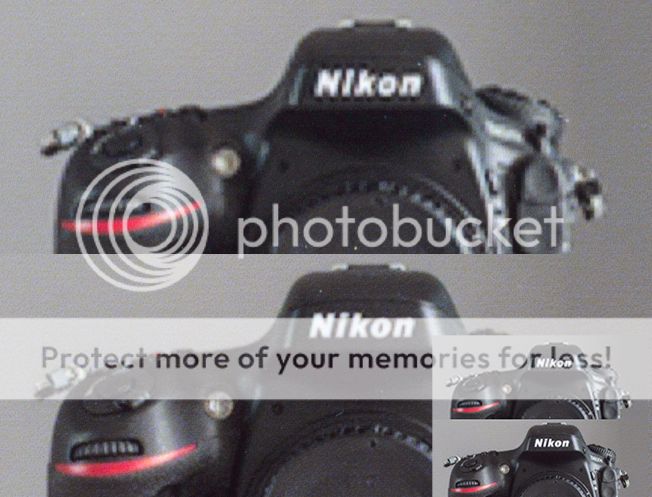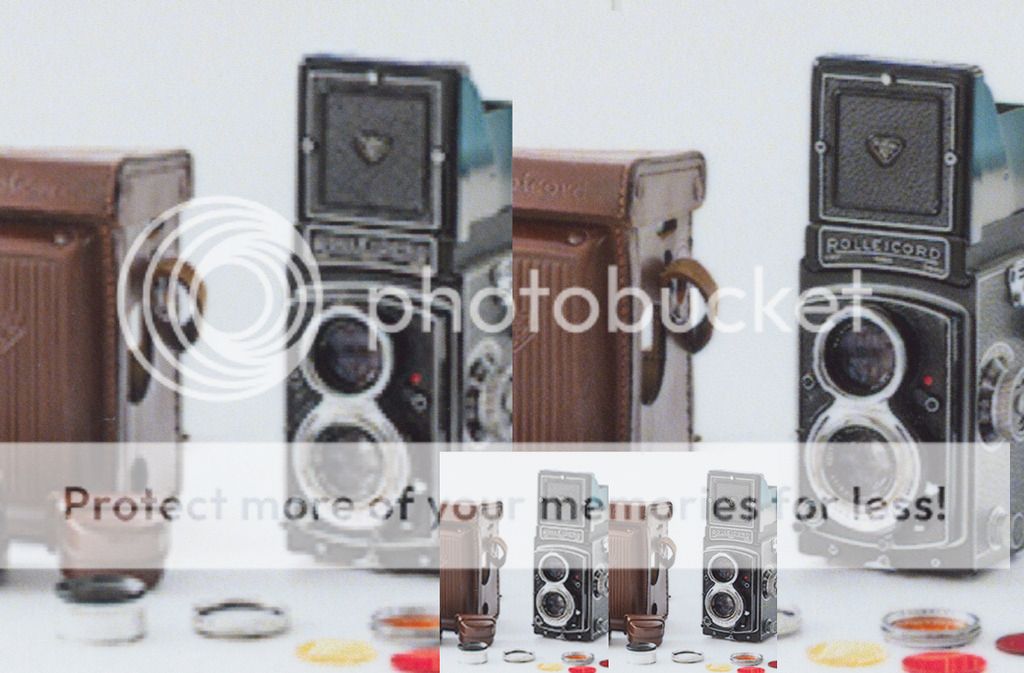I think there is a danger of overthinking this and coming to incorrect conclusions.
On the other hand do not be afraid to ask questions of the lab because as you have already witnessed sometimes knowledge appears lacking. Any lab worth its salt should be happy to answer your questions. After all it is in their interests to gain a happy customer that will return in the future and supplying you with the correct information for file preperation for their system will help to guarantee that you supply the best data to be interpreted by the print pipeline. This information should ideally include the exact PPI and also an ICC paper profile for your choice of surface - sadly the latter is not always offered and sRGB asked for. Which is a shame as many printer, ink and paper combinations can exceed the gamut of even Adobe RGB!
 Originally posted by Verfallsdatum
Originally posted by Verfallsdatum 
Would make sense. 20" is the width of my monitor and you have to be pretty close to see the pixels (1920px width). I can't imagine you really have to have 3 times that resolution for a picture on a wall to look good.....
Unfortunately judging sharpness and resolution on the monitor relating to printed output is fraught with issues and again generally misunderstood - assuming that the monitor is a 'standard' resolution of around 100 ppi. On the other hand if you have a 4k or 5k monitor you will notice that your images appear to have better resolution and less noise when compared to a standard monitor and similarly when output to print it is highly likely that you will see better resolution (assuming the image contains detail in the first place!)
On a monitor with 100 ppi if you look at an image at 100% view in PS and your final print destination is to a Canon printer (300 ppi) then you are lookiing at a magnified image 300% final print size - so things may well look crunchy. In fact for sharpening they probably should.
You cannot defeat this either by reducing the size of the image. You reduce the screen image to 33.33% to represent a true to life print size (Canon) and now you have an image that may match in size but contains only 1/3rd of the pixel resolution of the output device thereby not showing a true view of how your print will resolve detail (that detail that you cannot see on screen)
The reason you should send the printer the ppi it demands have been briefly touched upon earlier. To put this into some perspective here are a couple of images showing the difference ppi can make. It should be apparent without me noting which is the 'better' image.
The comparison shows two actual printed images from the same image data that have been scanned to enable on screen comparison. Both are the same print size. The difference is the information sent to the printer one being sent at 150 ppi and the other at 300 ppi. Apart from general softness the 'jaggies' referred to earlier are apparent in the lower ppi version
What you are seeing is an enlarged version of the print (3x) and in the smaller inset actual print size comparison. At a certain distance no benefit will be seen from the 'correct' printer resolution.




 Similar Threads
Similar Threads 














 Post #28 by TonyW
Post #28 by TonyW








